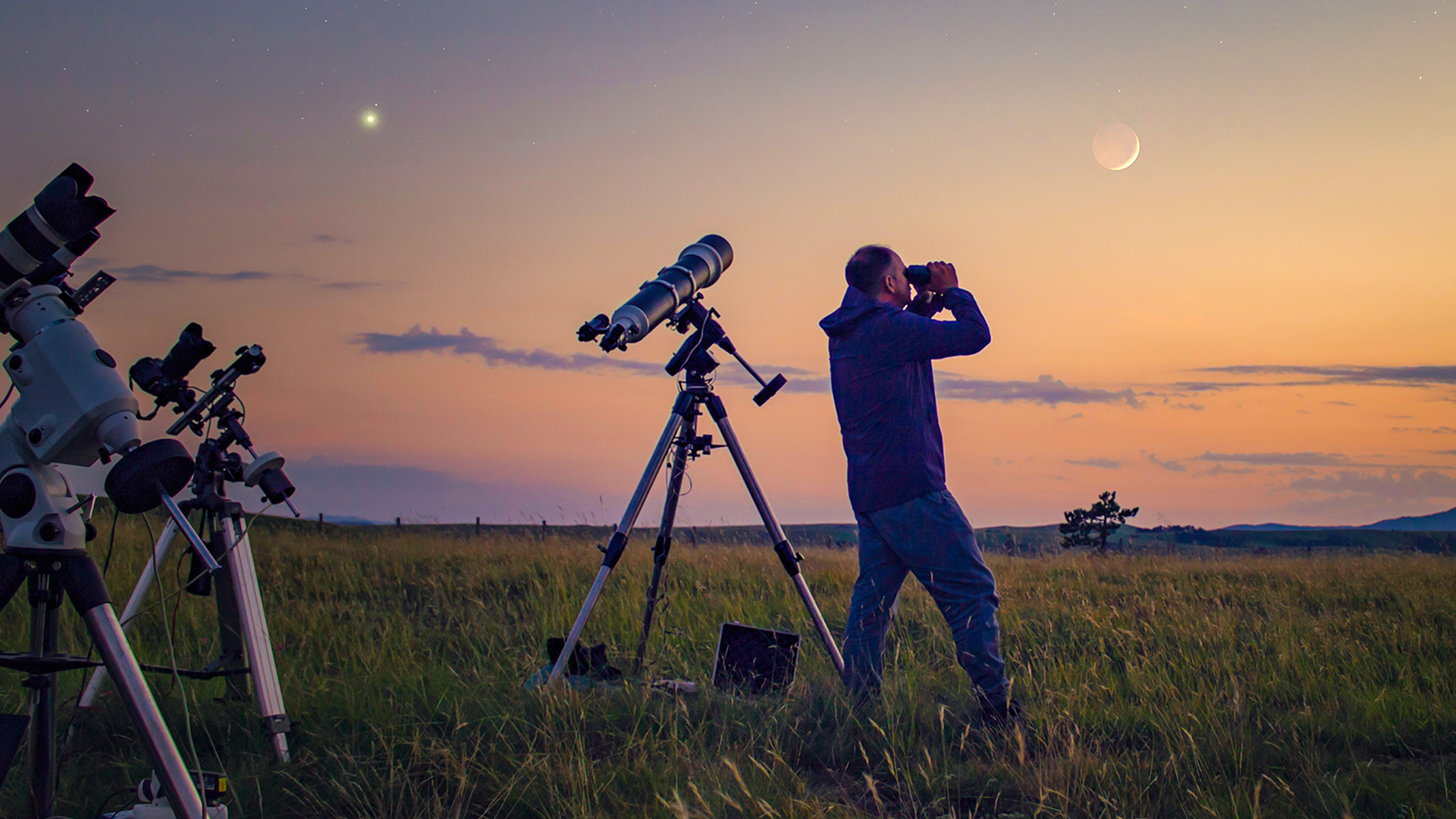
Astronomy enthusiasts and professionals alike often find themselves asking the same question: “What telescope should I buy?” With a wide range of telescopes available in the market, choosing the best one can be overwhelming. This article delves into the key parameters and pricing considerations to help you make an informed decision.
1. Understanding Telescope Types
Telescopes are broadly categorized into three types, each suited to different needs and expertise levels:
- Refracting Telescopes: Use lenses to gather light. Ideal for beginners, they provide clear and sharp images of planets and the moon but can be costly for larger apertures.
- Reflecting Telescopes: Employ mirrors instead of lenses. They are excellent for observing deep-sky objects like galaxies and nebulae at a lower cost per aperture.
- Compound (Catadioptric) Telescopes: Combine lenses and mirrors to offer versatility and portability. They are more expensive but are suitable for both planetary and deep-sky observations.

2. Key Parameters to Consider:
Aperture: The Primary Criterion
The aperture, or the diameter of the primary lens or mirror, determines the telescope’s light-gathering ability. A larger aperture allows you to see fainter objects and finer details. Here’s how aperture sizes correlate with observation goals:
- 70–90mm: Suitable for casual planetary observation.
- 100–150mm: Great for viewing deep-sky objects.
- 200mm+: Best for astrophotography and detailed deep-sky observation.
Focal Length and Focal Ratio
- Focal Length: The distance light travels inside the telescope. Longer focal lengths provide higher magnification, ideal for lunar and planetary views.
- Focal Ratio (f/number): Calculated as focal length divided by aperture. A lower f/number (f/5 or less) is better for wide-field views and astrophotography, while a higher f/number (f/10 or more) suits detailed planetary observation.
Mount Type
A stable mount is crucial for steady views. The two primary types are:
- Altazimuth Mounts: Simple to use, suitable for beginners.
- Equatorial Mounts: Designed for tracking celestial objects as Earth rotates, essential for astrophotography.
Optics Quality and Coating
Look for multi-coated optics that enhance light transmission and reduce glare. High-quality mirrors or lenses ensure sharp and bright images.

3. Pricing and Value:
The cost of telescopes varies widely, depending on features and build quality. Below is a general pricing guide:
- Entry-Level Telescopes ($100–$300): Ideal for beginners. These typically include small refractors or reflectors with basic mounts.
- Mid-Range Telescopes ($300–$1,000): Suitable for serious hobbyists. These offer larger apertures, better mounts, and occasionally motorized tracking.
- High-End Telescopes ($1,000+): Professional-grade instruments designed for astrophotography and research. They often feature compound optics, computerized mounts, and accessories like camera adapters.

4. Additional Considerations:
Portability: Ensure the telescope is easy to transport if you plan to observe from various locations.
Accessories: Essential add-ons like eyepieces, Barlow lenses, and filters can enhance the viewing experience. Factor these into your budget.
Software Integration: Many modern telescopes have computer-controlled mounts and apps for automated tracking and locating celestial objects.
5. Balancing Quality and Budget:
A well-informed decision should strike a balance between your observation goals and budget. For instance, a beginner keen on lunar observation may opt for an entry-level refractor, while an astrophotography enthusiast might prioritize a compound telescope with motorized tracking.
Conclusion:
Selecting the best telescope is a matter of understanding your needs and aligning them with the technical parameters and price range. By focusing on aperture, focal length, and mount type, and considering additional features like portability and accessories, you can find a telescope that offers the best value for your investment. Whether you’re stargazing for the first time or diving deeper into the cosmos, the right telescope can open a universe of possibilities.



Comments (1)